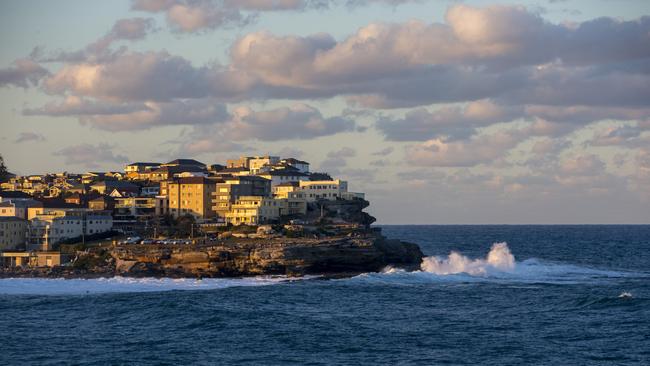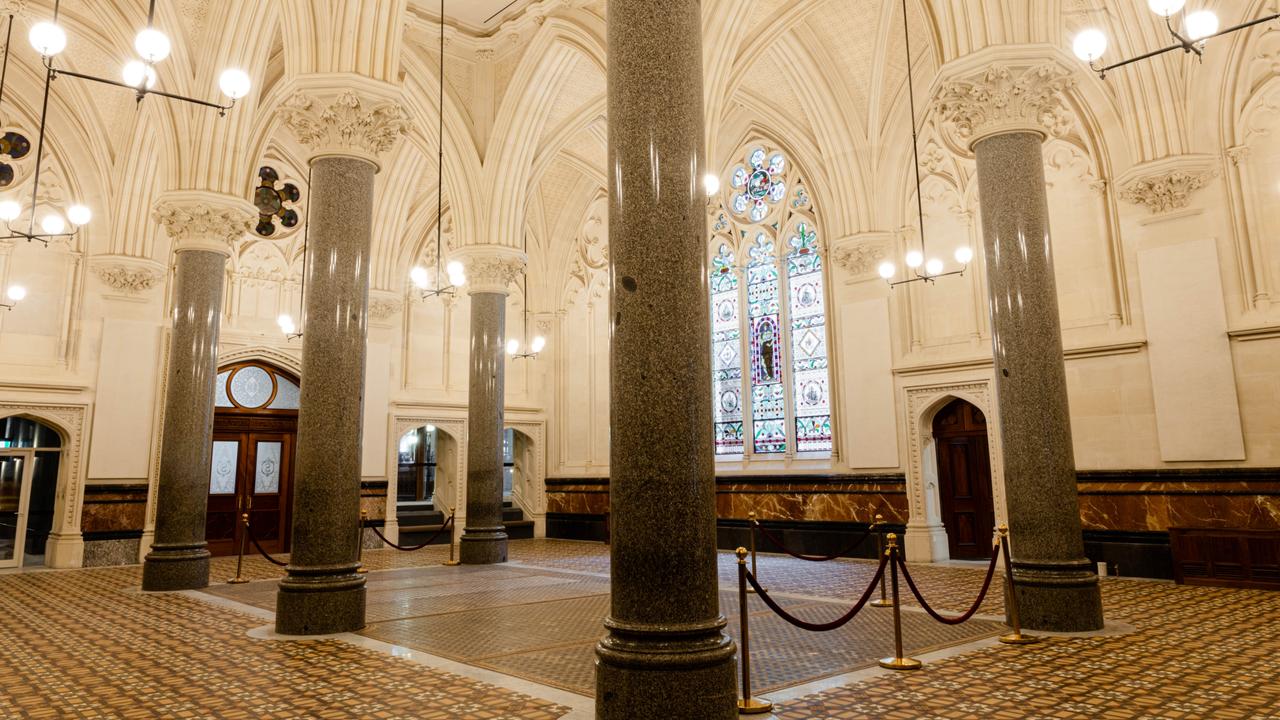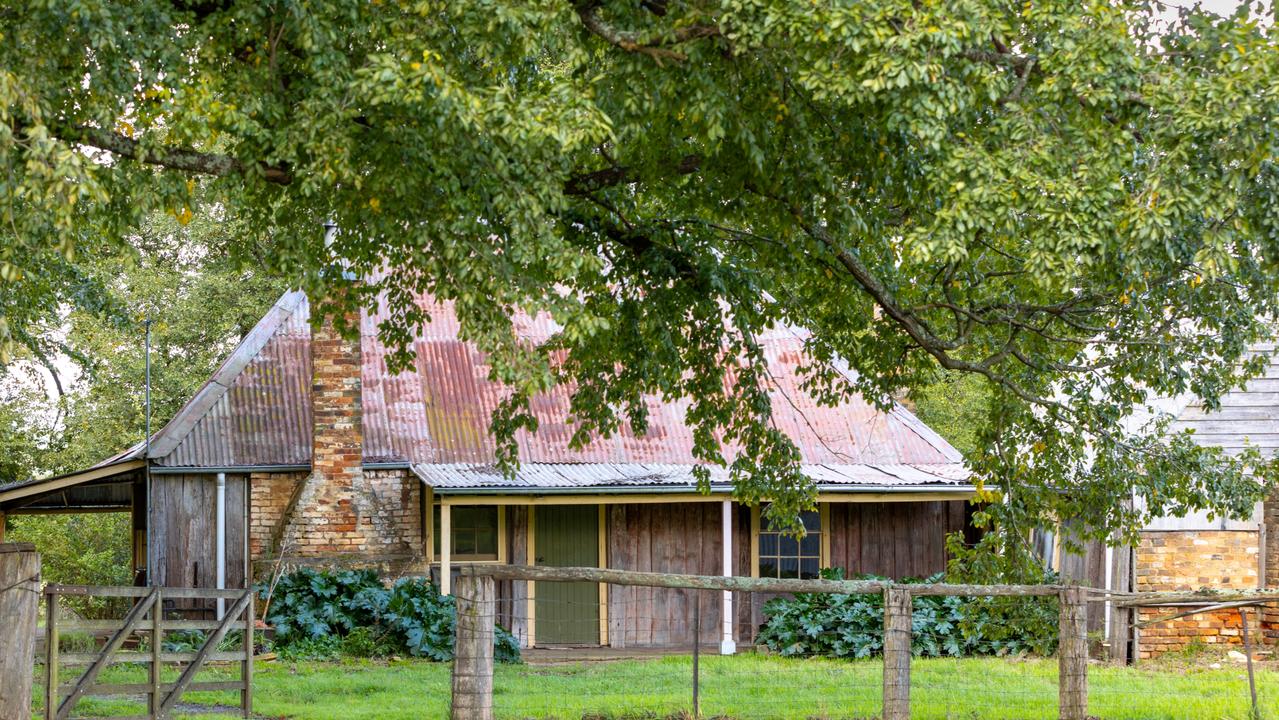AMP’s Shane Oliver turns even more bearish on housing price outlook, eyes two RBA cuts
AMP’s chief economist is now tipping falls as steep as 25pc for the housing market as he eyes two RBA cuts ahead.

Even the most grim of Australian housing outlooks has gotten worse, as AMP Capital’s Shane Oliver on Wednesday revised his already-bearish forecasts lower.
The AMP chief economist pushed out his base case for house price falls to 25 per cent, from earlier predictions of 20 per cent, thanks in most part to further falls in the Sydney and Melbourne markets.
“This suggests around another 15 per cent fall in Sydney and more in Melbourne,” he said.
“A 25 per cent top to bottom drop would take prices back to where they were in late 2014/early 2015.”
Tight credit, rising supply and falling price expectations were the biggest weight on the outlook, Dr Oliver said, but uncertainty around the nation’s leading party was also feeding into investor demand.
Potential for tax changes from the Labor Party, most notably relating to negative gearing and capital gains tax, were putting further strain on already stressed-out investors.
Dr Oliver said the housing downturn will be a significant constraint on Australian growth, flowing on to his forecast for interest rates — for two cuts by years end, to take the cash rate to 1 per cent by year-end.
“Our base case is that this will occur in August and November (giving the RBA chance to assess the election and tax cuts), but soft data could see it come earlier,” he said.
Further tax cuts were unlikely to be large enough to head off the need for rate cuts, with the government allowing for $3 billion per annum in cuts — just 0.1 per cent of GDP.
But despite the gloom, Dr Oliver insisted the movements don’t signal a “property crash”, rather a pullback from the inflated levels of the Sydney and Melbourne markets in the five years to 2017, where prices rose by 72 per cent and 56 per cent respectively.
“A 25 per cent plunge in Sydney and Melbourne may seem like a crash but given the extent of the prior gains it’s arguably not,” he added, clarifying that a fall of that magnitude was not on the cards unless interest rates or unemployment rose sharply.
According to KPMG the next three years are set to see a consolidation for the local property market, with prices in the two major cities to bottom out by financial 2021.
The latest CoreLogic data shows national capital city house prices to December were down 7 per cent from their September 2017 high. But the greatest weights were Sydney, down 11 per cent from its July 2017 peak, and Melbourne, down by 7 per cent from its November 2017 high.
Earlier this week, Australian house prices were labelled “severely unaffordable” by an international survey by Demographia International Housing Affordability.
The measure, produced by the international property researcher, found the major housing market median price multiple was at 6.9 times income, with only Hong Kong less affordable.
The researcher said that in Sydney and Melbourne median income households needed at least three years’ more income to pay for the median-priced house than in 2004, when its survey was first published.




To join the conversation, please log in. Don't have an account? Register
Join the conversation, you are commenting as Logout